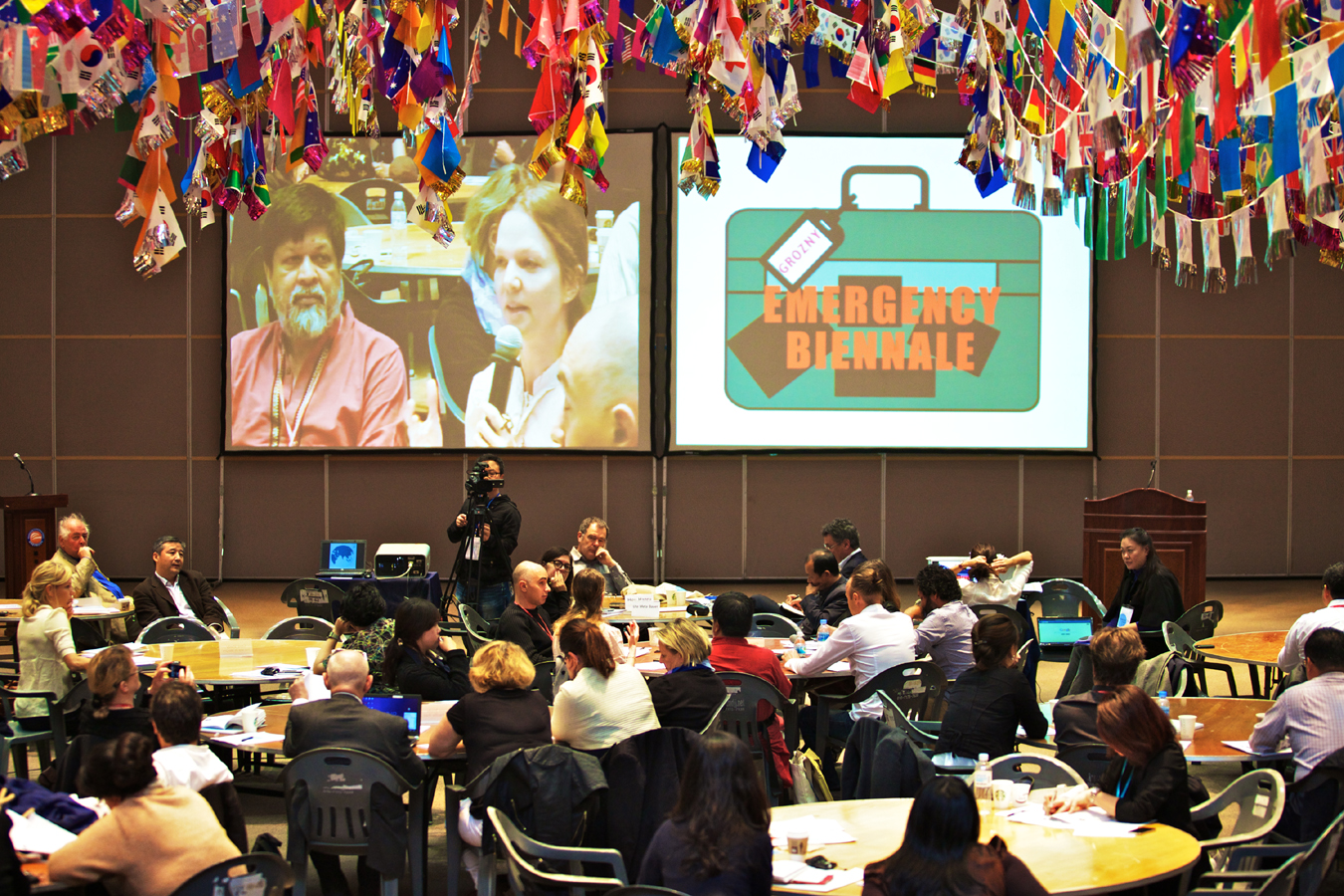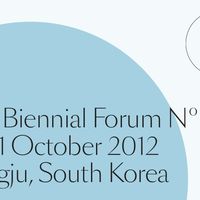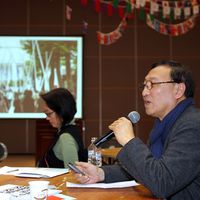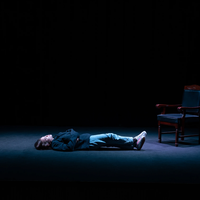World Biennial Forum No. 1 | Focus on case studies from ASEM countries | The future of biennials in Asia

The first World Biennial Forum (WBF), which focused on Asia organised by the Biennial Foundation and the Gwangju Biennale Foundation, was supported by the Asia-Europe Foundation (ASEF). ASEF has been a crucial point of contact between countries of the Asia-Europe Meeting (ASEM.) Amongst those represented at the WBF were: Australia, China, India, Indonesia, Japan, Korea, Mongolia and Russia.
René Block, the guest of honour, questioned the future of Biennales on the "local art scene", while contextualising Asia - "Gwangju or Werkleitz - Venice or Istanbul?" This question also related to the changing geographic boundaries of Asia, which are constantly expanding to include new countries, similar to two recent additions to the list of ASEM countries - Australia and Russia; which were both present at the WBF.
There were fifteen biennales represented by these eight ASEM countries. While each Biennale presented a unique structure, there were certain concerns such as the future of biennales, the public and issues related to funding that were on common ground.
The history of Biennales and how they have developed in Asia is very young when compared to Biennales in other parts of the world. However, with this Shifting Gravity, there is a lot of scope and new directions for Biennales in Asia. This can be particularly implied to the ASEM countries that are seeing development - not only in art and cultural fronts; but also in other fields, which are in turn creating a new awareness and interest.
Australia was represented by the Asia-Pacific Triennial and the Sydney Biennale, which concentrated on their expansion to Asia and the Middle East, while focusing on connecting Australia with the rest of the world. The geo-political, economic and dynamic art discourses were discussed within a broad need of focusing on the Asia-Paific region. Similar to the concerns of other biennales, the need to connect and sustain the interest of the local communities for the future of these biennales was discussed.
The Shanghai Biennale, Guangzhou Triennial, and Shenzhen and Hong Kong bi-city Biennale of Urbanism - Architecture from China, addressed the penetration of traditional history and contemporary culture into biennales. With a high rate of migration within China and its diversity, the biennales addressed very varied structures. The Shenzhen and Hong Kong bi-city biennale of Urbanism - Architecture is the only biennale that combines two cities. The concerns addressed are how to make the biennale sustainable while discussing China's future. Similarly, the Guangzhou Triennial focuses on the engagement with people. Reflections and visions were somethings that were explored with an international focus and contemporary vision.
India's very first Biennale - the Kochi-Muziris Biennale - which will take place on 12th December 2012 was presented as a case-study of a future biennale. This was particularly interesting, since the focus was entirely on the future of the biennale in relation to the developmental issues - from concerns with artists' funding and questioning by the locals of the requirement for a biennale, to government support in view of the cultural beneficiary need of a biennale.
The Jogja Biennale from Indonesia presented a case-study of the new developments of its future plans of projects along the equator. The first edition traced Indonesia's connections with India, thereby retracing the country's connections with the west into more global connections. This biennale was initiated as the biggest painting exhibition in 1992, and has now expanded into the largest area of contemporary art in the city. It is also looked upon as a portal for the promotion of cultural tourism.
Japan was represented by the Yokohama Triennale and the Kobe Biennale, both of which address modernisation through the contribution of art and culture and local integration through public interactions related to art.
South Korea, which is the most prolific Asian country for the number of its Biennales; presented four important ones - the Gwangju Design Biennale, Gwangju Biennale, Mediacity Seoul and the Anyang Public Art Project. The Gwangju Design Biennale discusses the need of participatory spaces like biennales to create unique architectural spaces that are not a part of everyday performative spaces. The Gwangju Biennale, which co-organised this WBF, is one of Asia's most mature biennales, and is quite futuristic in its plans and approaches. Also, being the first biennale in Asia, it has been a structural and international model for several others. The diverity of Biennales in South Korea is also evident through Mediacity Seoul and the Anyang Public Art Project. These two projects provide a macro-model for biennales that include new media works and public projects, by looking at issues related to budget concerns, archival necessities and the relationship between outdoor and indoor spaces.
A unique model of an existing Biennale was presented through Mongolia's - Land Art Mongolia 360°. This biennale structure imbibes new perspectives in not only biennale models, but also in public and land art that inherits the ephemeral; thereby only leaving documentation as real proof.
Finally, Russia too, was a very different model with the case-study of the Ural Industrial Biennial of Contemporary Art. Similar to the concerns of Russia's margins, this biennale concentrates on moving the industrial borders closer to the city. Taking up the challenge to collaborate with real production business, the biennale creates new perspectives of viewing contemporary art by placing it in functional and production sites
Though each of these biennales were presented separately, they were grouped into six main case-study topics, which analysed the relation of these countries' Biennales with each other; thereby putting into perspective the various directions and scale of Biennales. The question of establishing the identity of a biennale was discussed in depth, in relation to diversity, expanding margins and concepts of originality and devlopment of Asian Biennales in the future. In a final analysis of the role of the wide discourse of biennales, it was established that they are a terrain of interruption to social tendency, that reach out to change reality and activate interactive opportunities for the public.
The 1st World Biennial Forum is an international convention, the first of its kind for biennale organizers and related professionals that took take place in Gwangju, South Korea coinciding with Roundtable - the 9th Gwangju Biennale (September 7 – November 11, 2012). It is supported by the Asia-Europe Foundation as part of the programme Creative Encounters: Cultural Partnerships between Asia and Europe.
Similar content
from - to
19 Jun 2023 - 19 Jun 2023
posted on
04 Feb 2016






